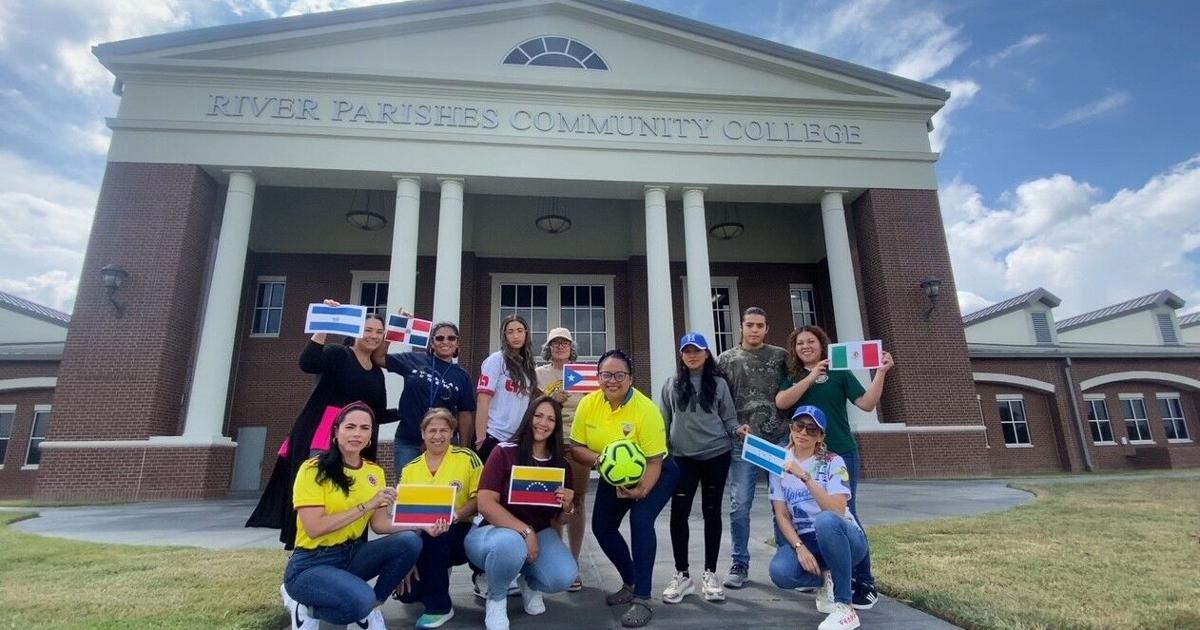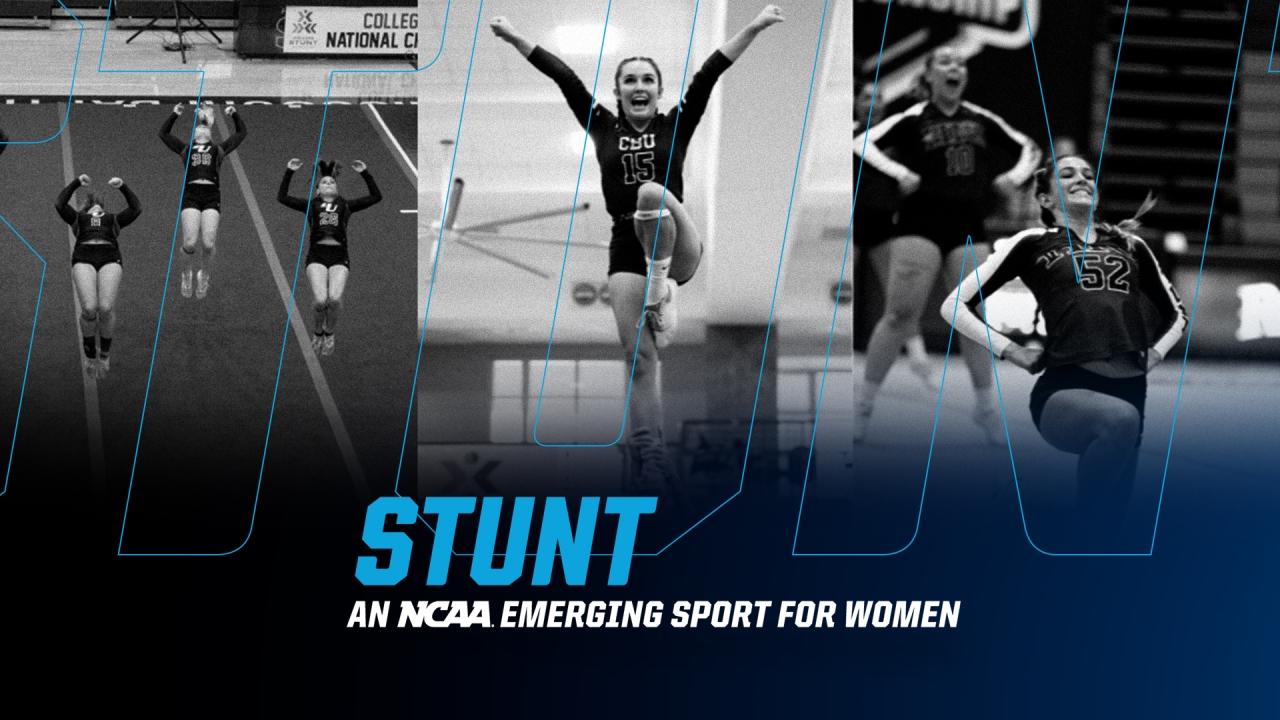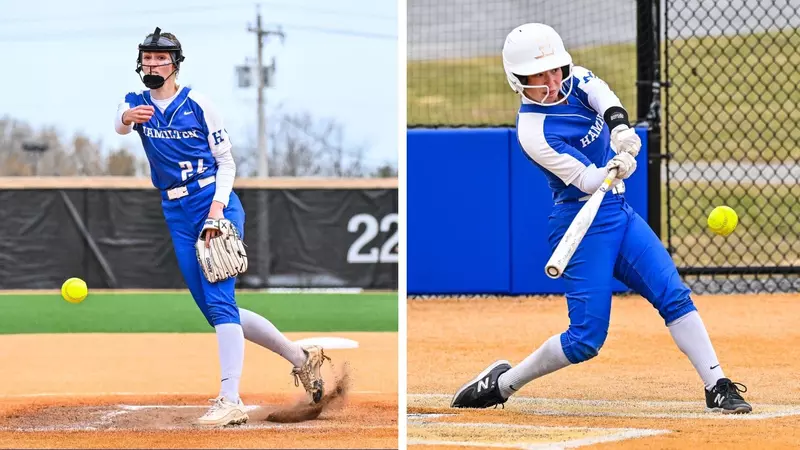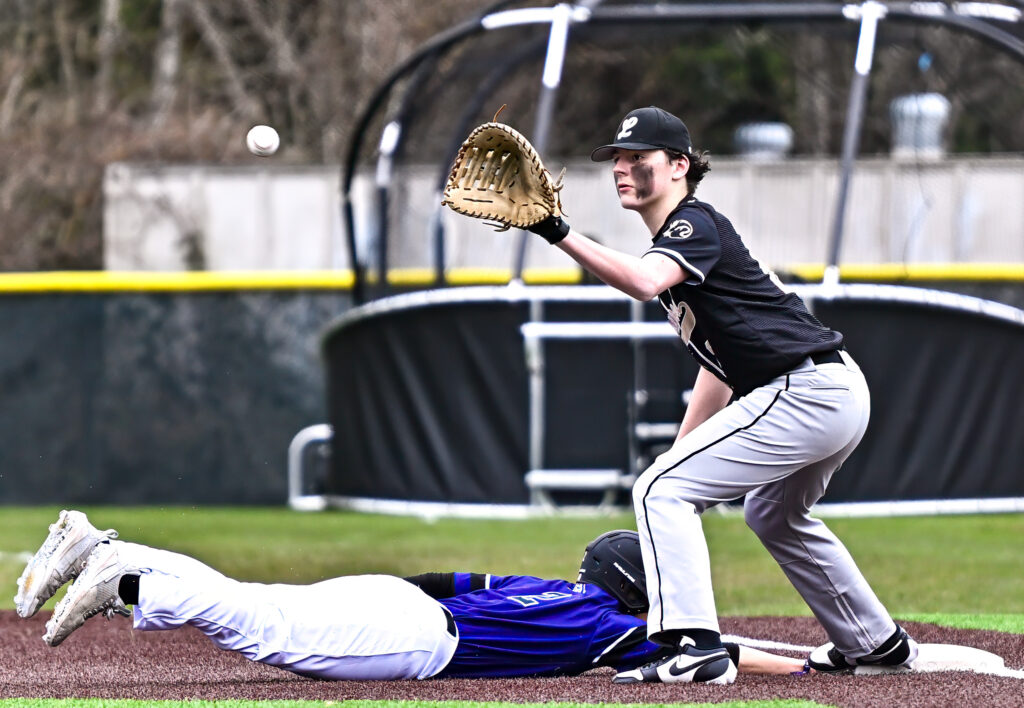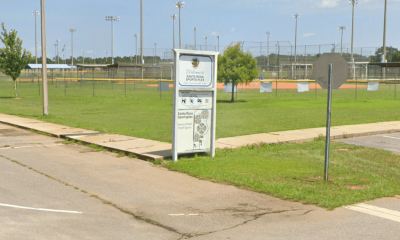Stunt took a major leap forward this week toward becoming an NCAA championship sport, with its first NCAA championship projected for as early as spring 2027.
The NCAA Committee on Women’s Athletics voted at its meeting Thursday to recommend Divisions I, II and III sponsor legislation to add a National Collegiate stunt championship. The recommendation is contingent on official confirmation of the sport’s sponsorship and participation numbers for spring 2025 competition, which will occur over the summer.
Before the Committee on Women’s Athletics can recommend a sport for NCAA championship status, at least 40 schools must sponsor it at the varsity level and meet the sport’s minimum competition and participant requirements. The committee oversees the Emerging Sports for Women program, which aims to grow participation and competitive opportunities for women’s sports across the NCAA. The committee also recommended the three divisions sponsor legislation to add a National Collegiate acrobatics and tumbling championship, contingent on official confirmation of its sponsorship and participation numbers.
Stunt’s growth has been rapid across the NCAA, crossing the benchmark of 40 schools meeting minimum contest and participant requirements in its first year as an emerging sport in all three divisions. It joined the emerging sports program in 2023 in Divisions I and II, while Division III added it in 2024.
“The advancement of stunt toward National Collegiate championship status is a powerful step forward for women’s sports,” said Ragean Hill, chair of the Committee on Women’s Athletics and executive associate athletics director/senior woman administrator at Charlotte. “This discipline not only showcases athleticism and teamwork at the highest level, but also reflects the continued commitment to expanding opportunities for female student-athletes across the country.”
“The NCAA is, once again, expanding championship opportunities to female athletes nationwide,” added Marion Terenzio, vice chair of the Committee on Women’s Athletics and president at SUNY Cobleskill. “The addition of stunt, which started in 2010, demonstrates the NCAA’s commitment to its mission to grow the college sports ecosystem. I am proud that we continue to do our part in elevating women in the pursuit of athletic excellence.”
Stunt transforms traditional cheerleading skills into a head-to-head, four-quarter format emphasizing athleticism and precision. Teams compete in partner stunts, pyramids, jumps and tumbling, with points awarded based on execution. Championships are conducted through a double-elimination tournament structure, and games require only existing gymnasium space. The sport is currently governed at the collegiate level by USA Cheer and continues to grow through robust high school and club pipelines.
“On behalf of USA Cheer and the stunt community, we are honored by the NCAA Committee on Women’s Athletics’ recommendation of stunt as a National Collegiate Championship sport,” said Lauri Harris, executive director of USA Cheer. “This recognition is the result of more than a decade of dedicated work by coaches, administrators, athletes and advocates who have championed stunt’s growth with a shared vision of expanding opportunities for young women, and today’s announcement is a powerful affirmation of that mission. We are proud of the progress this sport has made and deeply grateful to the NCAA and its member institutions for recognizing the value stunt brings to collegiate athletics. This recommendation marks a transformative step forward for the thousands of female athletes who now see a clearer path to competing at the next level.”
More than 40 schools sponsored the sport and met the minimum participant and competition thresholds in the 2024-25 academic year. This represents a significant jump from the 2023-24 academic year, which had 26 schools report sponsoring the sport with more than 700 student-athletes. which had 26 schools report sponsoring the sport with more than 700 student-athletes.
If all three divisions sponsor and approve legislation to create a National Collegiate Championship, stunt student-athletes across all divisions would compete at the championship.
“The Committee on Women’s Athletics’ vote to recommend stunt as an NCAA championship sport means the world to me and everyone in the stunt community, not just as athletes but everyone who has poured so much into this sport,” said Maddie Arochi, a junior at California Baptist. “For my teammates and me, it is a powerful moment of recognition for all the hours of hard work, discipline and passion we’ve dedicated. It’s not just about us; it’s about paving the way for the next generation of stunt athletes across the country. For CBU, it raises the bar for our program and creates new opportunities for athletes who want to be part of something bigger than themselves. It’s more than a title. It’s about being seen, respected and celebrated for the sport we love and give everything to, day in and day out.”
Following the committee’s recommendation, here is the projected timeline to add a stunt championship:
- Each division is expected to review the recommendation and sponsor a proposal by its respective 2025-26 legislative cycle deadline.
- If sponsored, the divisions are expected to vote on the proposals in January during the 2026 NCAA Convention in Washington, D.C.
- The recommendation also includes establishing an NCAA Stunt Committee, which would begin its work in January 2026, to allow time to prepare for a championship in spring 2027.
- If adopted on that timeline, the first stunt championship would be held in spring 2027.
Additionally, before a National Collegiate Championship can be established, funding must be approved by the appropriate financial oversight committees. If approved, stunt would join the following sports that have earned NCAA championship status through the Emerging Sports for Women program: rowing (1996), ice hockey (2000), water polo (2000), bowling (2003) and wrestling (2025). In 2023-24, emerging sports accounted for over 5,000 participation opportunities for student-athletes based on NCAA sports sponsorship and participation rates data, an increase of over 30% from 2022-23.

